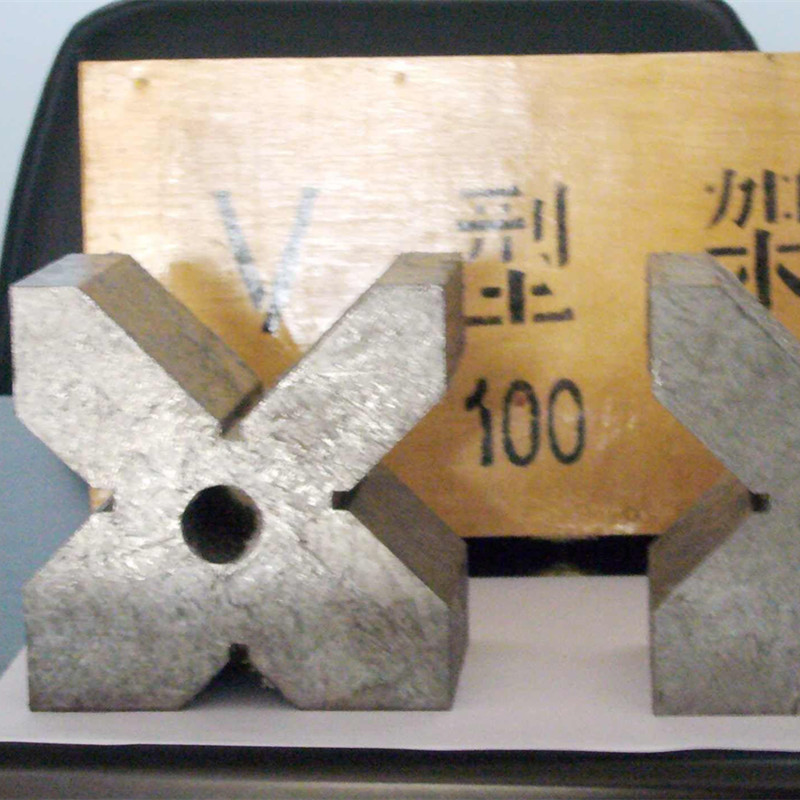Nov . 08, 2024 10:50 Back to list
Flow Characteristics and Efficiency of Globe Valves in Fluid Control Systems
Understanding Globe Valve Flow Principles and Applications
Globally recognized for their effective flow control capabilities, globe valves play a crucial role in various industrial applications. Unlike gate valves, which are primarily designed to be fully open or closed, globe valves excel in regulating flow rates, making them invaluable in systems where precise control is imperative.
Structure and Functionality
The primary distinguishing feature of a globe valve is its spherical body design. When fluid enters through the valve's inlet, it meets a movable disk, or plug, which is situated in the flow path. The disk is secured to a stem that can be raised or lowered to adjust the flow. The movement of the disk creates a linear path for fluid to flow through, allowing for tight sealing and control of flow rates.
One of the key advantages of this design is the valve's ability to provide a relatively consistent flow characteristic across a range of operating conditions. This is particularly valuable in applications where the flow needs to be adjusted based on real-time requirements.
Flow Characteristics
The flow characteristics of globe valves are influenced by several factors, including the valve's size, type of fluid, and pressure conditions. Generally, globe valves exhibit a linear flow characteristic, meaning that changes in valve position lead to proportional changes in flow rate. This predictability is vital for engineers and operators who must manipulate the need for specific flow rates within their systems.
globe valve flow

However, it’s important to note that globe valves can introduce a significant pressure drop due to the flow restriction created by the disk. This pressure drop can affect system efficiency, particularly in large-scale operations or where fluid dynamics play a critical role. Designers often have to balance the need for precise flow control with the potential for increased energy consumption, especially in high-pressure systems.
Applications in Industry
Globe valves are popularly used across various sectors, including oil and gas, water treatment, power generation, and chemical processing. For instance, in power plants, globe valves are frequently employed for throttling steam flow to turbines, ensuring optimum performance without risking damage from excessive pressure or flow.
In the oil and gas industry, these valves are crucial in managing the flow of crude oil, natural gas, and other fluids. Their ability to handle high pressures and temperatures makes them particularly suited for upstream and downstream applications. Additionally, globe valves are utilized in water treatment facilities to control the flow of incoming and outgoing fluids, contributing to efficient system operations.
Conclusion
In summary, globe valves are essential components in fluid management systems, characterized by their ability to control flow effectively. Understanding the flow behavior and performance of these valves is crucial for engineers and operators who seek to maximize efficiency and reliability in their processes. As industries continue to evolve, the use of globe valves will likely expand, driven by the need for enhanced control and performance in increasingly complex fluid systems. Their dependable design and operational flexibility ensure that they remain a staple in the toolkit of modern engineering.
-
Y Type Strainer Maintains System Efficiency Long TermNewsJul.15,2025
-
Valve Selection Guide for Industrial ApplicationsNewsJul.15,2025
-
Steel Fab Table Provides Durable Work Surface for WeldingNewsJul.15,2025
-
Pad Iron Provides Stable Support for Heavy MachineryNewsJul.15,2025
-
One Inch Check Valve Fits Standard Plumbing SystemsNewsJul.15,2025
-
Measuring Micrometer Ensures Precise Dimensional AccuracyNewsJul.15,2025
Related PRODUCTS









